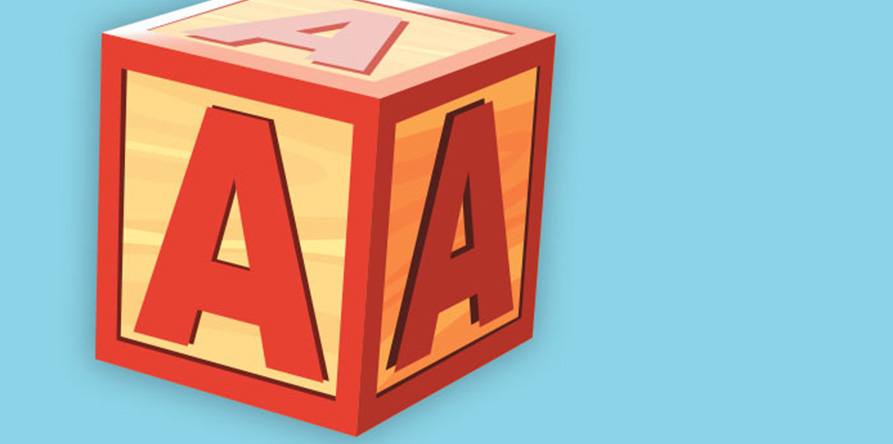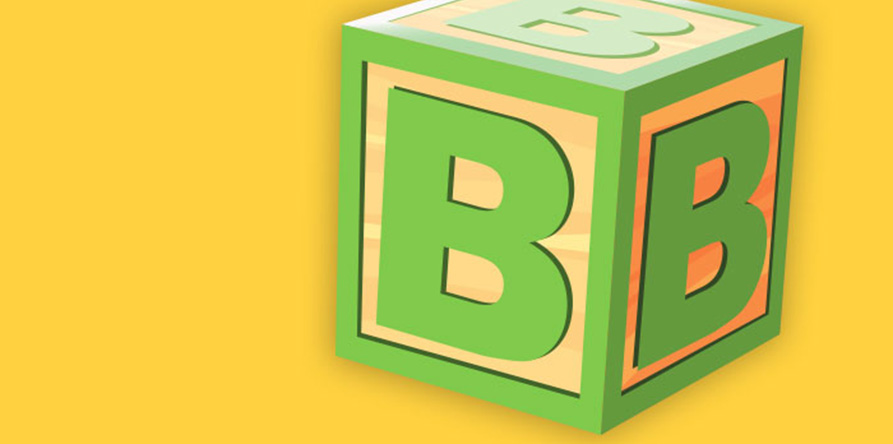
The conventional advice is to open a Registered Education Savings Plan (RESP) soon after a child is born, or at least when they’re very young. After all, there are many benefits of the program: one is to spread the cost of post-secondary education over many years, and another is to give your savings and investments time to grow. A third – and perhaps more important – benefit is that starting early makes it easier to make the most of the Canada Education Savings Grant (CESG), a government grant that matches up to 20% of your RESP contributions, up to a maximum of $500 in grant per year.
However, as many new parents quickly find out, it’s easy to get caught up with feeding, diaper changes and sleep training until, before you know it, you’re sending a five-year-old kid off to kindergarten without having found the time to open an RESP. In fact, many people wait until a lot later in life – even into the double digits – before they start thinking about their child’s post-secondary education, and then become concerned that they’ll lose out on the CESG and won’t have time to grow their savings.
Well, fret not. Just because life has gotten in the way of opening an RESP doesn’t mean it’s too late to start. It’s possible to catch up on both your contributions and the amount of the CESG you receive. Here’s how.
Double up your payments
To get the maximum annual CESG payment of $500, you have to invest $2,500 into your RESP. If you missed a year, though, you could still get that year’s grant, and one for the current year you invest, by making a $5,000 contribution. You can do that repeatedly until you reach the $7,200 lifetime CESG limit. Best of all, you don’t even need to have opened the account earlier, because you accumulate contribution room based on the child’s age, not the tenure of the account.
Let’s say you open an RESP account for a child who is now ten. You can contribute $2,500 for the calendar year (say, 2022), earning the maximum annual grant of $500. But you can also contribute an additional $2,500 for a previous year when you did not contribute – say, 2012 or 2013. This way, you effectively double the CESG to $1,000 in a single year. Repeat the process until the child turns 17 (using contribution room from 2014, 2015, 2016 and so on) and you can potentially recoup all the CESG money you’ve missed.
Unfortunately, the government doesn’t allow you to receive more than $1,000 in CESG payments a year, unless you qualify for the Canada Learning Bond (CLB) as a lower-income family, in which case you could earn up to $500 in the first year you’re eligible for the CLB and up to $100 every subsequent year – which means there will come a time when you can’t reach the maximum grant amount. So when is it really too late?
To qualify for CESG, an RESP must be opened by December 31 of the year the child turns 15 and a $2,000 contribution must be made before the end of that year. Alternatively, you must have contributed at least $100 per year over the past four years into the child’s RESP.
You can still get CESG grants up until December 31 of the year the child turns 17. So, if you start saving when the child is 15, and double up your payments, you should be able to get a maximum of $3,000 in grants ($1,000 grant per year for ages 15, 16 and 17). It may not be the full amount, but it’s still free money.
Open an RESP even without grants
While a child won’t be eligible for any CESG grants if the RESP is opened on January 1 of the year they turn 16, that doesn’t mean you shouldn’t open one after that age. There’s no age limit as to when you can open an account, and some adults open them for their own later-in-life post-secondary goals. You can make contributions to an RESP until 31 years after you’ve first opened it, up to a maximum lifetime contribution limit of $50,000.
You may be wondering what point there is in opening an RESP without the grant, but contributing to one can still make some sense, because it offers targeted, tax-deferred savings for education. Although you could withdraw up to $20,000 from your RRSP under the Lifelong Learning Plan to finance full-time training or education for yourself or your spouse (but not your child), you might not want to, because RRSP savings are intended for retirement. And while Tax-Free Savings Accounts (TFSAs) might help, they’re often used for other reasons, like saving for a car or a down payment on a house. With an RESP, your savings are earmarked for education, so you won’t be tempted to use your money for something else.
Final Words
As is always the case with investing, the sooner you can get started, the better. However, it’s never too late to start saving for education and to take advantage of at least some grants, if not the full grants. If you do open an account later, you’ll also need to be conscious of what investments you put your money into. It’s a good idea to talk to a financial advisor before making any investing moves.

